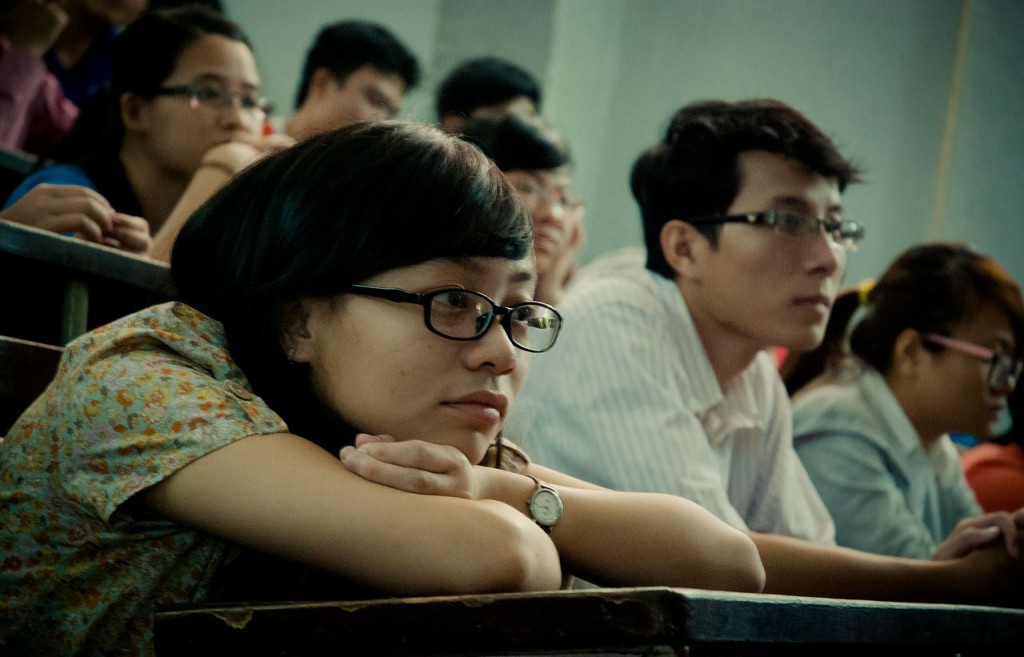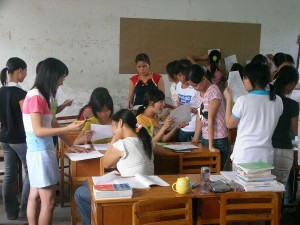
Amongst students today there is an increasing trend to spend part, or even the majority of their studies in another country. This is increasingly prevalent amongst countries with regional and historic ties to one another as is the case in Europe. The Erasmus programme is perhaps one of the best known academic programmes of this sort which facilitates the ability of students to study, work and train abroad amongst the different European countries.
Programmes like Erasmus lead to greater standardisation between institutions and an increase in capacity in regional education hubs as well as essential funding to permit students to enrol in the scheme. As part of their efforts to tackle issues including unemployment among their youth populations as well as the difficulty faced by some EU companies to recruit suitably skilled candidates for open positions, European ministers agreed to increase the funding made available to Erasmus and other educational programmes, intending to provide up to 4 million people to enrol up to 2020.
Joint efforts by regional countries and governments provide an illustration of how mobility patterns can be influenced directly by active co-operation by different partner nations working together toward shared economic and political goals. As demonstrated by schemes such as Erasmus great leaps can be taken to integrate the infrastructures of regional countries to the benefit of all participating partners. This is why it is noteworthy when other regional authorities begin to operate similar programmes.
The Association of South East Asian Nations or ASEAN is an organisation of regional nations working together for joint economic and political benefit. Participating are: Brunei, Burma, Cambodia, Indonesia, Laos, Malaysia, the Philippines, Singapore, Thailand, and Vietnam. Together they have a joint population exceeding 600 million people of which it is expected that over 100 million will be recognised as in the middle class income group by 2020.
Similar to other regional organisations around the world, ASEAN is driving to develop its own regional economic community, abbreviated AEC. The goals of this trans-national project include:
- Creating a single market and production base across member nations.
- Developing a competitive economic position balancing regulation and policy making with taxation, intellectual property rights and consumer protection.
- Equitable economic development among member states.
- Integration and participation in the wider global economy.
Already the member states of ASEAN have made considerable progress most notably in the lowering of intra-regional tariffs between themselves. But in order to fulfil the goal of increased trade and cultural links much more must be done.
 To achieve their desired goal, the ASEAN members have been working since 2009 to increase integration between over 6500 higher education institutions and their 12 million post-secondary students across the region. The goal is to create a shared “Common Space of Higher Education” which manifests first through the sharing and accepting of standards at Universities, Colleges and Academies across the region. Allowing qualifications to be recognised between member states will increase student mobility.
To achieve their desired goal, the ASEAN members have been working since 2009 to increase integration between over 6500 higher education institutions and their 12 million post-secondary students across the region. The goal is to create a shared “Common Space of Higher Education” which manifests first through the sharing and accepting of standards at Universities, Colleges and Academies across the region. Allowing qualifications to be recognised between member states will increase student mobility.
Improved quality assurance for accredited qualifications and pan-regional credit transfer systems are thus recognised as the most important foundation for building a truly cross-regional education sector. This is why ASEAN states are already working on a strengthened credit transfer protocol which, it is planned, will also involve neighbouring Asian powers Korea and Japan.
Nevertheless, the plan to create the common space of higher education has many obstacles that must be overcome. Not least amongst these is the relatively low enrolment rate of students in tertiary level educational institutions throughout the region. With the exception of Singapore, none of the ASEAN states rates highly in technological readiness or innovation – both major stumbling blocks to progress.
Furthermore much work remains to be done on the credit transfer systems in place throughout the region. In general the problem is that credits from institutions are either too general to be useful for anything or so specific they are accepted at a limited number of Universities. Of particular note are problems in Burma, (or Myanmar as it is also known), where credits are still not accepted outside the country. Paradoxically, in Vietnam it is often easier to get credits recognised internationally than it is to get them accepted by other institutions in the same country.
There remains promising movement in the desired direction however. The South East Asian Ministers of Education Organisation, SEAMEO, has been slowly widening the access to its ASEAN International Mobility for Students programme or AIMS. Beginning from a 2009 pilot between Thai, Indonesian and Malaysian University the scheme has since expanded to seven countries, seven fields of study and is represented at fifty nine universities in the region.
Another programme called Passage to ASEAN is a further example of collaboration between ASEAN Universities that promises greater student mobility throughout South East Asia. Currently it provides virtual tours and game opportunities for students on-line as well as coordinating affordable study tours throughout the region.
Though there is much work to do, these two combined with other initiatives represent the important foundational steps towards building a more interconnected region, tying neighbours closer together economically, academically and culturally. However this is subject to the development of proper regional systems to oversee quality assurance and credit transfer throughout ASEAN Universities and other educational establishments.
With the formation of the ASEAN Economic Community another firm step has been taken. As the European Union in turn backs its own regional educational programmes, so too can it be expected that the additional support a united economic community can provide will greatly accelerate educational integration across South East Asia.

Subscribe To The ASIC Newsletter
Join the ASIC mailing list and keep up to date with all the latest education and accreditation news and updates from the ASIC team.





